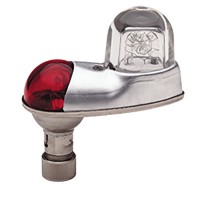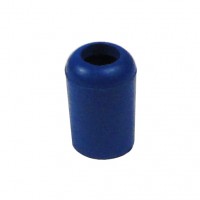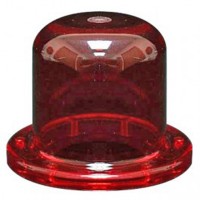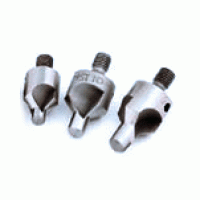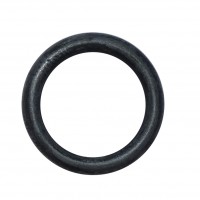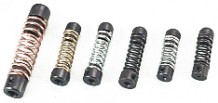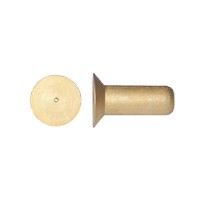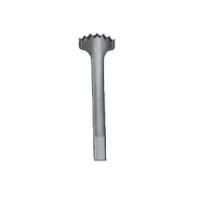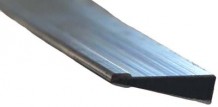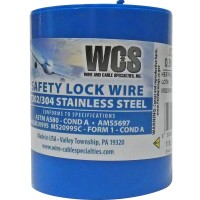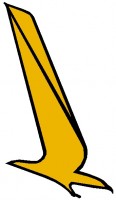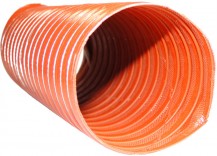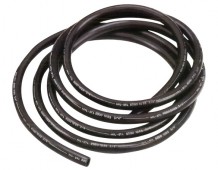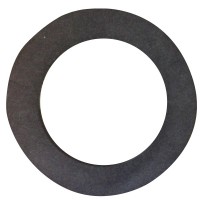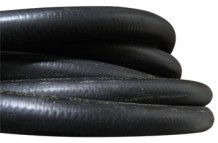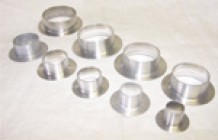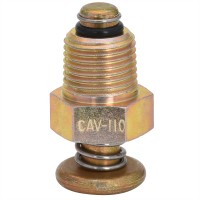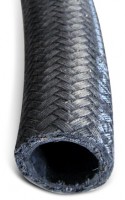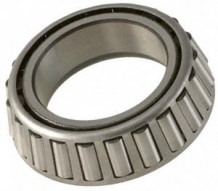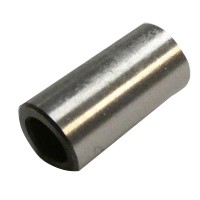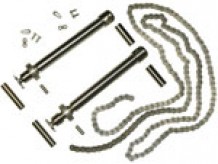Flap Trailing Edge Stiffner 79.5
MFR Model# MC1741-79.5
Overview
|
Improved Fit to Reduce Skin Stress The stiffeners are accurately shaped to the same angle that the top and bottom skins come together to completely eliminate the bending stress due to riveting the skins together. This prevents stress concentrations in the skin corrugations and near the rivets, making cracks less likely. Streamline Shape The design smoothly transitions from the skin surface to a blunt trailing edge. It maintains the flap's natural airfoil shape by eliminating the unsightly bulb and resultant drag found on common trailing edge stiffeners. What is the purpose of a flap trailing edge stiffener?
Ensure a straight trailing edge. Without a stiffener, the trailing edge tends to have a "wavy" appearance where the top and bottom skin rivet together. Reduce stress in the flap skins and prevent cracks around the rivets. Without a stiffener of the proper shape, the skin must abruptly bend where the top and bottom skins rivet together. Provide a blunt surface to protect the foreheads of unsuspecting pilots and passengers. |
WARNING: Cancer and Reproductive Harm - www.P65Warnings.ca.gov. |
Application Chart
| | ||
| | | |
| | | |
| | | |
| | | |
| | | |
| | | |
| | | |
| | | |
| | | |
| | | |
| | | |
| | | |
Q&A
Please note, Aircraft Spruce's personnel are not certified aircraft mechanics and can only provide general support and ideas, which should not be relied upon or implemented in lieu of consulting an A&P or other qualified technician. Aircraft Spruce assumes no responsibility or liability for any issue or problem which may arise from any repair, modification or other work done from this knowledge base. Any product eligibility information provided here is based on general application guides and we recommend always referring to your specific aircraft parts manual, the parts manufacturer or consulting with a qualified mechanic.
The length of each unit shipped is 79.5" long. The manufacturer could not provide any width information. We were able to obtain the STC and Technical Supplement. Please review it by clicking here.











 FREE Shipping
FREE Shipping
